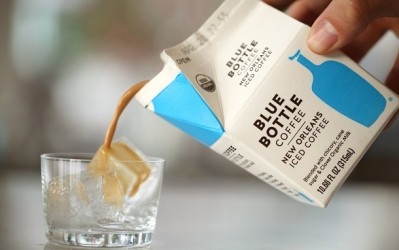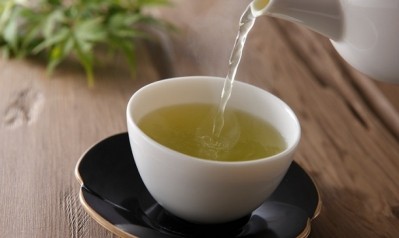Mintel: Coffee shop sales show healthy growth but with potential threat from RTD coffee

Mintel expects that coffee house sales will continue to experience increased sales, but the rise and premiumization of RTD coffee options could pose a substantial threat, especially the recent innovation of packaged RTD nitro and cold brew coffee products.
Convenience of on-the-go food and beverage options gave rise to the RTD coffee boom which now accounts for 20% of the $13.6bn US retail coffee market and the segment is forecasted to grow by 67% from 2017 to 2022, Mintel projected.
Coffee house sales have also been increasing significantly as they are regarded by consumers as a reliable source for premium coffee beverages. Coffee shop sales are expected to total $23.4bn by the end of 2017 and projected to reach $28.7bn by 2021, according to Mintel.
In contrast to the fast growing coffee house sales, the total number of coffee shops in the US is forecast to grow by just 2.17% this year, the slowest growth rate since 2011, Mintel pointed out.
The slowdown of coffee house openings indicates “sales growth is coming from increased consumer expenditure on these more expensive beverages rather than unit growth and expansion,” Caleb Bryant, senior foodservice analyst at Mintel, said.
Cold brew and iced coffee potential
Within the RTD coffee segment, cold brew US retail sales have grown by 450% between 2015 and 2017 reaching an estimated $38.1m.
“It [RTD coffee] is convenient, comes in a variety of flavors and is oftentimes cheaper than specialty coffees at coffee houses,” Bryant said.
However, cold brew and iced coffee is seen by consumers as an occasional treat rather than part of their daily routine and they prefer to buy at coffee shops and other foodservice retailers, according to Bryant.
“Despite the fact that cold brew has revolutionized coffee house menus and garnered increased media attention due to its popularity, the average consumer is not highly engaged with iced coffee or cold brew,” Megan Hambleton, beverage analyst at Mintel, said.
Further innovation in the cold brew space could encourage consumers to make it at home as roughly 7% of coffee drinkers say they have tried to make their own cold brew coffee and 11% agree that cold brew takes too long to make. However, 12% of consumers said they would be interested in making cold brew coffee at home.
Increased category blending could help extend cold brew’s reach as Mintel found that 13% of coffee drinkers over the age of 21 would be interested in alcoholic cold brew coffee.
“Innovations such as alcoholic cold brew could broaden usage occasions, driving more frequent consumption at night, and ultimately encouraging at-home consumption more often,” Hambleton said.








